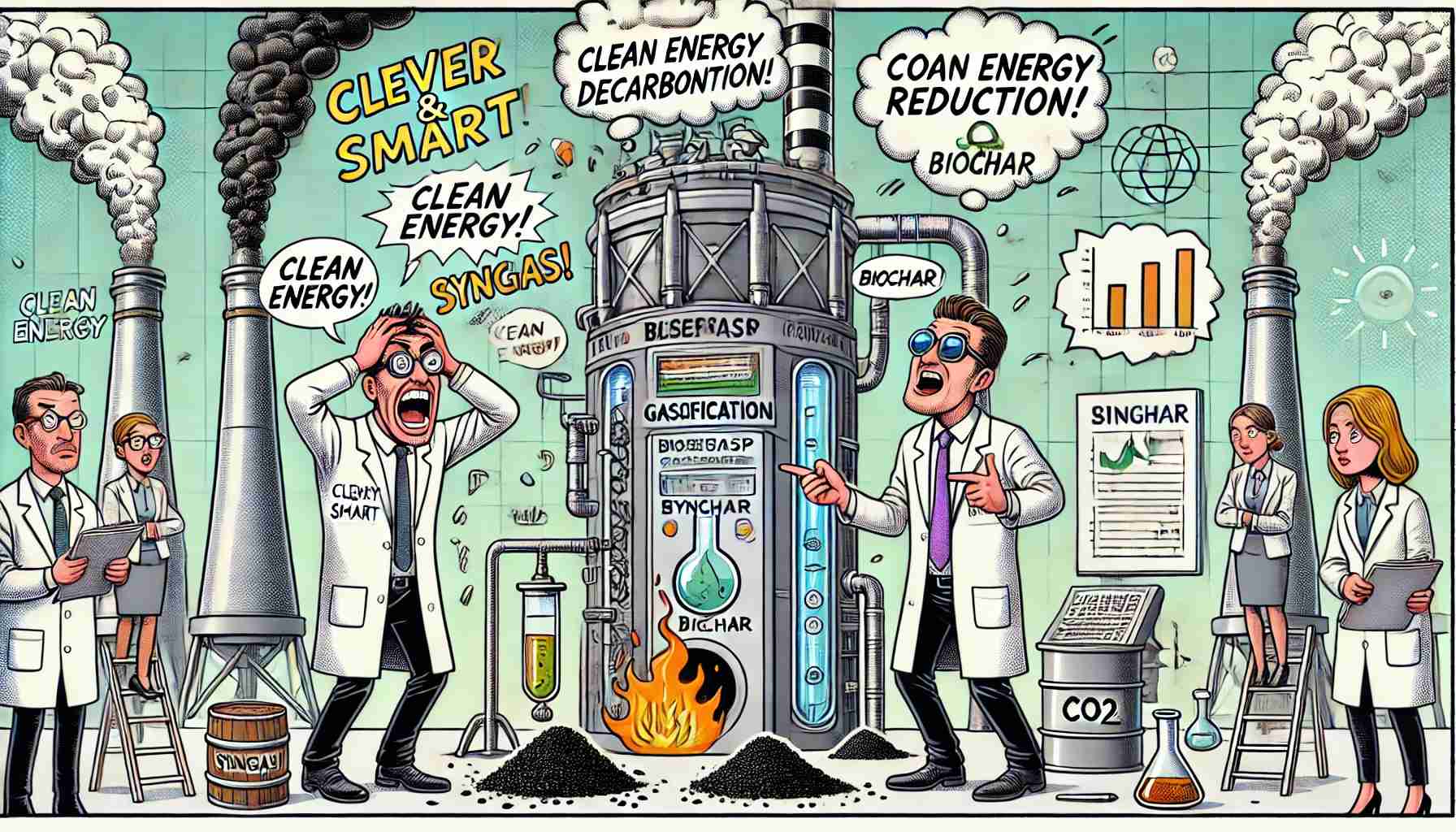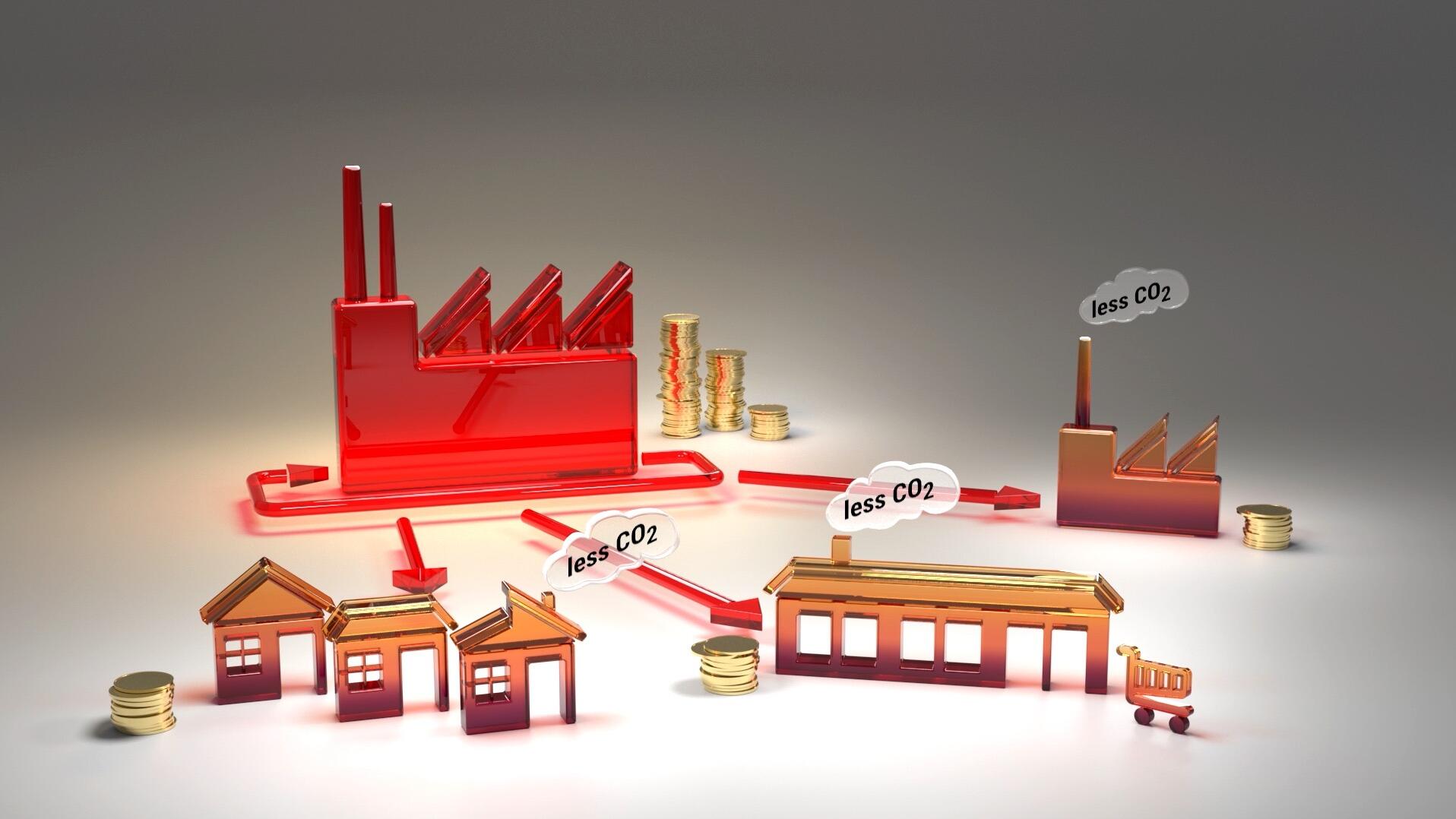 Search Result
Search ResultHow reusing waste heat can take aluminium one step closer to becoming a greener industry
Aluminium is one of the most recycled commodities in the world, but the processes involved in the production of this metal still leave a high environmental impact on the planet. New waste heat…
Read Full articleBiomass Gasification: A Key to Decarbonizing Energy-Intensive Industries
The following article is a summary of the Scientific publication: “Techno-Economic Feasibility of Biomass Gasification for the Decarbonisation of Energy-Intensive Industries” delivered by the EU…
Read Full articleHow waste heat recovery will change the landscapes
Each year industries across Europe allow a valuable source of heat energy to simply escape out their chimneys. An EU-funded project called ETEKINA has reimagined a decades-old technology called heat…
Read Full articleGetting to grips with the complexities of industrial decarbonisation using soft systems
On the 12th October I moderated a panel on industrial decarbonisation at the Carbon Forward London conference . Not being a carbon markets specialist I was out of my comfort zone – which is always a…
Read Full article5 energy sources you have never thought of
Every day, surplus heat is released into the environment, contributing to global warming and wasting chances of clean energy generation. Opportunities to recover and reuse it can be found in places…
Read Full articleDeep decarbonisation of industry: The cement sector
Headlines Fossil fuel combustion to meet heating needs accounts for 35% of cement’s CO2 emissions. The remaining 65% are due to direct process emissions, which must also be addressed. The biomass use…
Read Full articleQ&A: Why cement emissions matter for climate change
A builder directs wet concrete from a cement truck into the foundations of a large building. Credit: Peter Righteous/Alamy Stock Photo. First published here . If the cement industry were a country, it…
Read Full article





